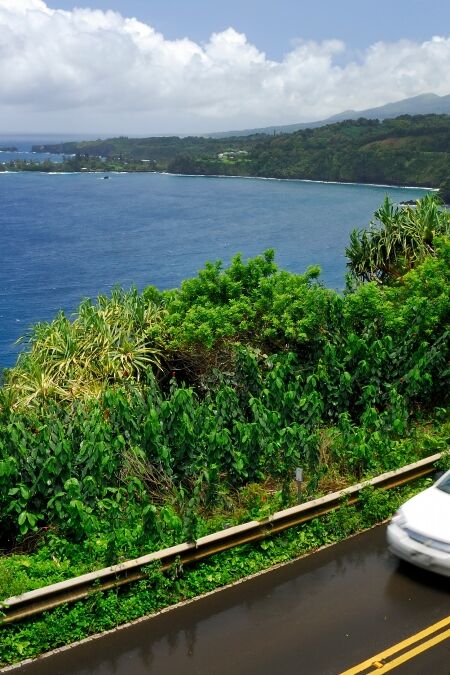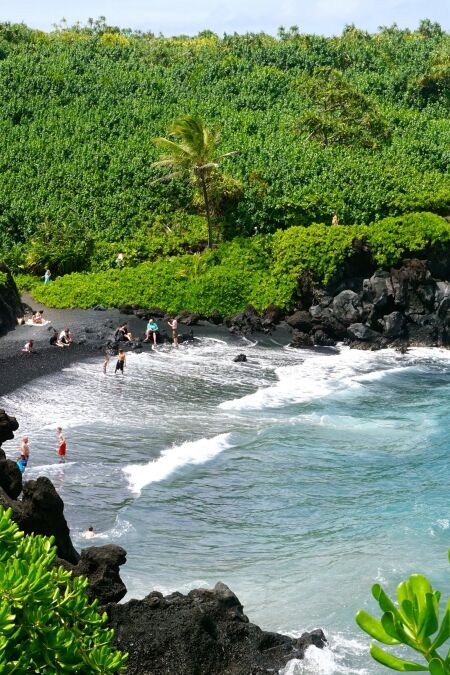As travelers weave through lush rainforests and past cascading waterfalls, the importance of preserving such pristine beauty becomes undeniable. This article aims to guide visitors on how to embrace eco-friendly practices that safeguard the environment and honor the local traditions of this unique area.
Understanding the Environmental Impact
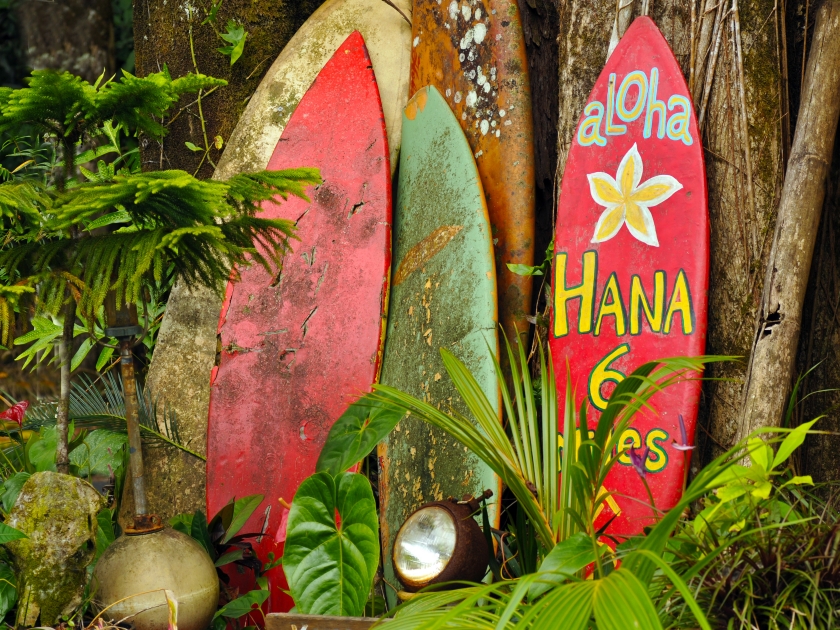
The Hana region’s ecological sensitivity is a testament to its untouched beauty, but it also underscores the fragility of its environment. Popular tourist destinations like Hana face significant environmental challenges, including habitat disruption, pollution, and the strain of high visitor traffic. Tourists play a crucial role in preserving the natural landscape of Hana; their actions can either contribute to the conservation of this paradise or its degradation.
Eco-Friendly Transportation Options
Opting for eco-friendly transportation options is essential for those traveling the Road to Hana. Choosing fuel-efficient or electric vehicles reduces carbon emissions, helping to preserve the air quality and natural beauty of the area. Additionally, tourists can minimize their environmental footprint by utilizing carpooling options or shuttle services, which help reduce traffic congestion and road wear along this popular route. Driving responsibly is also key; adhering to speed limits, staying on designated roads, and avoiding unnecessary stops on Hana’s narrow, winding paths not only ensures safety but also protects the local flora and fauna from disturbances.
Sustainable Tourist Behaviors
Adopting sustainable tourist behavior is crucial when visiting the Road to Hana. Sticking to marked trails and respecting barriers protects native plant life and minimizes erosion, preserving the landscape’s integrity. Visitors should also interact with wildlife and marine life responsibly, maintaining a respectful distance and avoiding actions that could disturb their natural habitats. Effective trash management is equally important; adhering to “carry in, carry out” policies ensures that no garbage is left behind, and utilizing designated recycling options helps manage waste responsibly.
Supporting Local and Sustainable Businesses
Travelers can identify eco-conscious tour operators and accommodations by looking for certifications and endorsements from reputable environmental organizations. Buying locally is not just about enjoying fresh food and unique crafts; it’s about contributing to the local economy and reducing the carbon footprint associated with long-distance transportation of goods. Spotlighting local businesses that prioritize sustainability also encourages a broader shift towards eco-friendly practices across the region.
Eco-Friendly Activities Along the Road to Hana
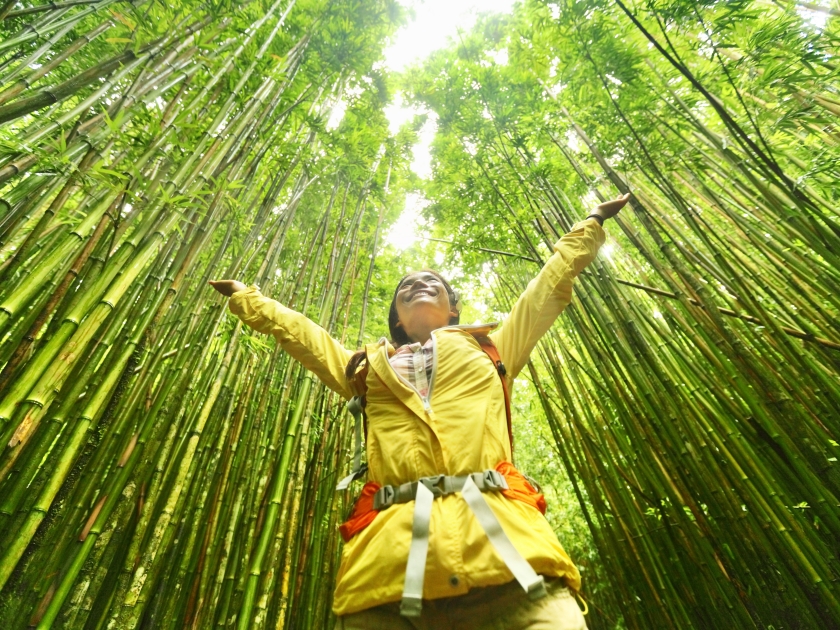
Along the Road to Hana, engaging in eco-friendly activities enhances the travel experience while preserving the region’s natural resources. Hiking and sightseeing should be done with minimal environmental impact, such as staying on established paths and avoiding littering. For those interested in the water, sustainable fishing practices and responsible water sports are crucial for maintaining marine biodiversity. Additionally, participating in community-led, eco-conscious cultural experiences allows visitors to connect deeply with the local culture while supporting sustainable tourism practices.
See More: 10 Must-See Stops on Your Road to Hana Adventure
Leave No Trace Principles on the Road to Hana
Embracing the Leave No Trace principles on the Road to Hana is essential for preserving its pristine environment for future generations. These principles guide visitors to minimize their impact on the natural surroundings through actions such as disposing of waste properly, leaving what they find, and minimizing campfire impacts. Practically applying these principles means packing out all trash, respecting wildlife and plant life by not disturbing them, and avoiding the creation of new trails.
Engaging with Local Conservation Efforts
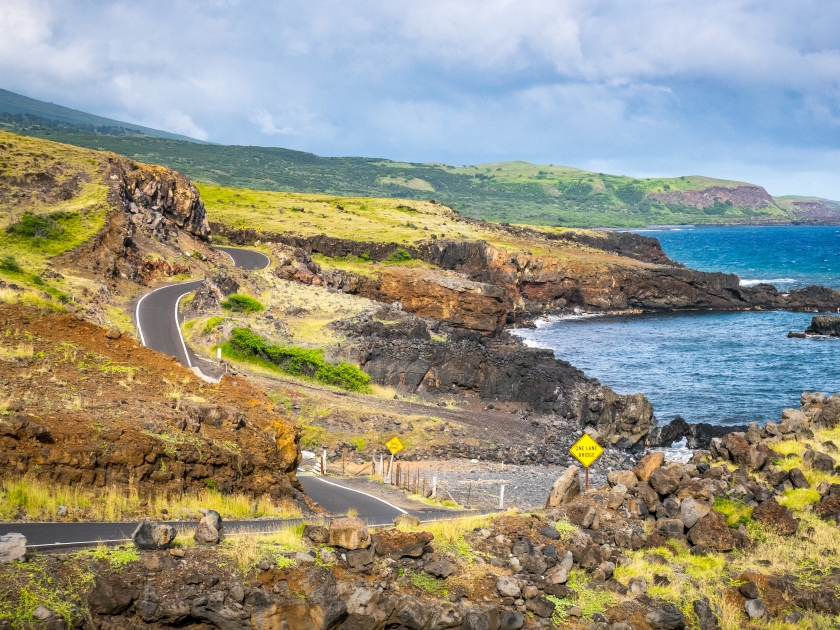
Engaging with local conservation efforts enriches the travel experience along the Road to Hana and ensures the preservation of its natural landscapes. Numerous local environmental groups operate within the region, each dedicated to different aspects of conservation, such as protecting native species, restoring habitats, and promoting sustainable tourism practices. Tourists can actively participate in these initiatives by joining in clean-up drives, habitat restoration projects, or educational programs. Financial contributions or volunteerism not only aid in direct conservation efforts but also foster a culture of sustainability that strengthens the community and secures the health of the environment for years to come.
Embrace Sustainability on Your Journey to Hana!
By adopting sustainable transportation, engaging in responsible tourist behavior, and supporting local businesses and conservation efforts, we contribute to the preservation of Hana’s natural and cultural heritage. Let’s commit to these eco-friendly practices and encourage others to join us in this journey. For more information and resources on sustainable travel practices in Hana, visit local environmental group websites and travel guides dedicated to eco-tourism.



